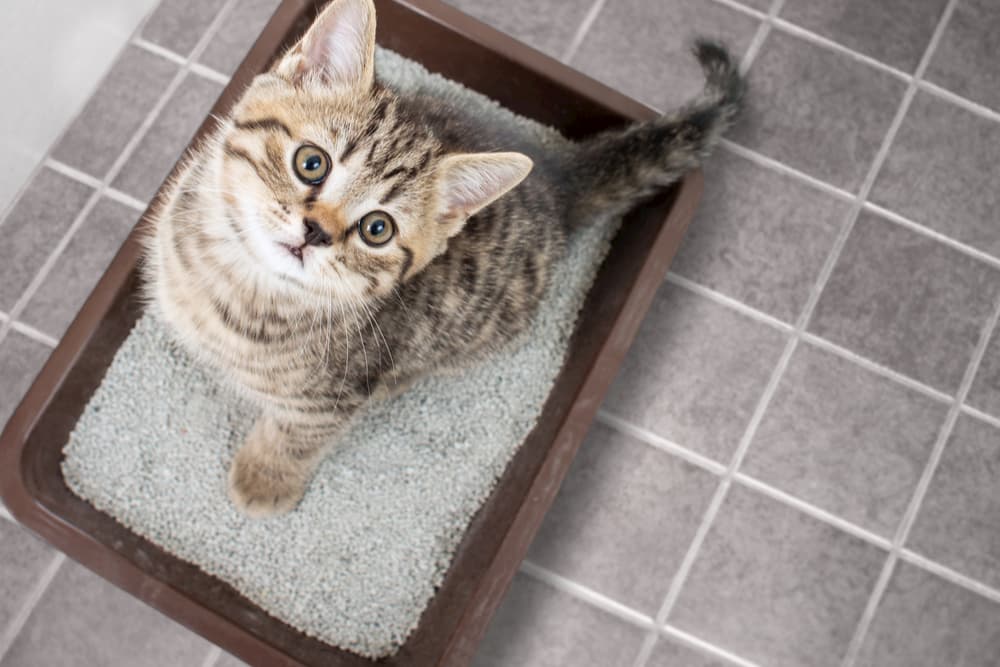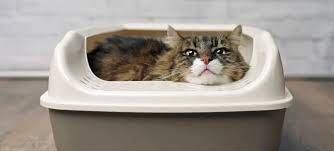Leading Causes to Avoid Flushing Animal Waste Down the Toilet
Leading Causes to Avoid Flushing Animal Waste Down the Toilet
Blog Article
We have discovered the article relating to 4 Reasons Why Dog Poop Cleanup is Important below on the internet and decided it made perfect sense to share it with you on this site.

When it involves getting rid of waste, particularly animal waste, many people usually resort to the convenient option of flushing it down the commode. However, this relatively easy service can have severe effects for the setting and public health. In this article, we'll explore why flushing animal waste down the toilet is a bad idea and offer alternate methods for proper disposal.
Introduction
Proper garbage disposal is crucial for maintaining ecological sustainability and public health. While it may seem safe to purge animal waste down the toilet, it can bring about numerous problems, both for the environment and human well-being.
Threats of flushing animal waste
Ecological effect
Flushing pet waste presents harmful microorganisms and microorganisms right into waterways, which can adversely impact marine ecosystems. These virus can pollute water resources and damage aquatic life, interrupting fragile communities.
Public health concerns
Animal waste consists of hazardous microorganisms such as E. coli and Salmonella, which can pose major wellness threats to humans. Flushing animal waste down the bathroom can infect water materials, causing the spread of conditions and infections.
Alternatives to flushing
Instead of purging pet waste down the toilet, there are several alternate disposal techniques that are much more eco-friendly and hygienic.
Composting
Composting pet waste is an environmentally friendly way to deal with it. By composting, organic matter is broken down right into nutrient-rich soil, which can be utilized to feed yards and plants.
Landfill disposal
Taking care of pet waste in a land fill is an additional option. While not as environmentally friendly as composting, it is a much safer choice to flushing, as it protects against the contamination of water resources.
Pet waste disposal systems
There are specific pet waste disposal systems readily available that securely and hygienically take care of pet waste. These systems frequently utilize enzymes to break down waste and remove smells.
Actions to correct animal waste disposal
To make sure proper disposal of animal waste, comply with these steps:
Scooping and nabbing waste
Routinely scoop and bag animal waste using biodegradable bags. This prevents waste from polluting the environment.
Utilizing assigned waste bins
Dispose of bagged animal waste in designated waste bins, more info such as garden compost bins or land fill containers. Prevent flushing it down the bathroom whatsoever costs.
Cleaning can and animal areas regularly
Regularly clean litter boxes and pet locations to prevent the build-up of waste and germs. Use pet-safe cleansing items to maintain hygiene.
Benefits of proper disposal methods
Adopting correct disposal techniques for animal waste provides several advantages:
Reduced environmental pollution
Correct disposal approaches lower the danger of environmental pollution, safeguarding rivers and environments from contamination
Reduced threat of water contamination.
By preventing flushing animal waste down the bathroom, the danger of water contamination is significantly lowered, guarding public health.
Improved sanitation and hygiene
Proper disposal methods promote better sanitation and health, producing a much safer atmosphere for both human beings and animals.
Final thought
To conclude, flushing pet waste down the commode is hazardous to the environment and public health. By taking on alternate disposal techniques and following proper waste management methods, we can reduce the negative effect of animal waste and contribute to a cleaner, much healthier planet.
What To Do With Dog Poo – The Do's And Don'ts Of Disposing Of Faeces
Dog poo bins
Some councils provide dedicated dog waste bins in popular dog-walking areas that can take dog poo that has been bagged but you can legally dispose of dog waste in any public litter bin, as long as it is securely bagged. This also applies to your wheelie bin at home.
Do not flush
Water companies do not recommend flushing dog faeces down the toilet because certain parasites can survive the water processing treatment and are potentially harmful to humans. You should also never consider flushing dog poo that has been bagged down the toilet as the bags will not break down and instead create severe blockages in the sewage system.
In the woods
The Forestry Commission promotes a ‘stick and flick’ method for dealing with waste in the woods. This means finding a stick and using it to flick any poo from off the path so that it is out of the way of other walkers. You could also bury it as long as it is not in an area where there might be livestock.
Livestock
Parasites found in dog poo can be transmitted to livestock if they inadvertently eat infected faeces that has been left on grazing land. This could result in the death of sheep or abortion in cattle so you should always make sure you pick up your dog’s waste in fields where livestock could be present.

Regularly clean litter boxes and pet locations to prevent the build-up of waste and germs. Use pet-safe cleansing items to maintain hygiene.
Benefits of proper disposal methods
Adopting correct disposal techniques for animal waste provides several advantages:
Reduced environmental pollution
Correct disposal approaches lower the danger of environmental pollution, safeguarding rivers and environments from contamination
Reduced threat of water contamination.
By preventing flushing animal waste down the bathroom, the danger of water contamination is significantly lowered, guarding public health.
Improved sanitation and hygiene
Proper disposal methods promote better sanitation and health, producing a much safer atmosphere for both human beings and animals.
Final thought
To conclude, flushing pet waste down the commode is hazardous to the environment and public health. By taking on alternate disposal techniques and following proper waste management methods, we can reduce the negative effect of animal waste and contribute to a cleaner, much healthier planet.
What To Do With Dog Poo – The Do's And Don'ts Of Disposing Of Faeces
Dog poo bins
Some councils provide dedicated dog waste bins in popular dog-walking areas that can take dog poo that has been bagged but you can legally dispose of dog waste in any public litter bin, as long as it is securely bagged. This also applies to your wheelie bin at home.
Do not flush
Water companies do not recommend flushing dog faeces down the toilet because certain parasites can survive the water processing treatment and are potentially harmful to humans. You should also never consider flushing dog poo that has been bagged down the toilet as the bags will not break down and instead create severe blockages in the sewage system.
In the woods
The Forestry Commission promotes a ‘stick and flick’ method for dealing with waste in the woods. This means finding a stick and using it to flick any poo from off the path so that it is out of the way of other walkers. You could also bury it as long as it is not in an area where there might be livestock.
Livestock
Parasites found in dog poo can be transmitted to livestock if they inadvertently eat infected faeces that has been left on grazing land. This could result in the death of sheep or abortion in cattle so you should always make sure you pick up your dog’s waste in fields where livestock could be present.
Do you really like more info about 4 Reasons Why Dog Poop Cleanup is Important? Leave a remark further down. We will be pleased to know your opinion about this entry. In hopes that you come back again in the future. Be sure to take the time to distribute this article if you liked it. I thank you for your readership.
Call Today Report this page